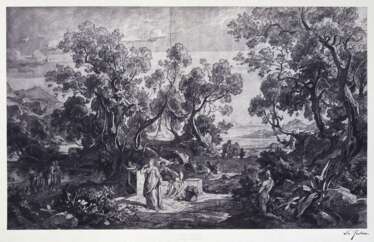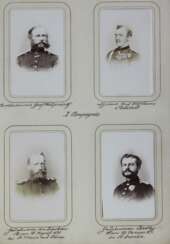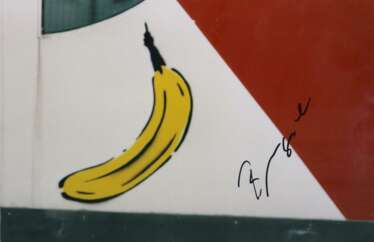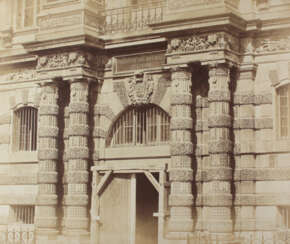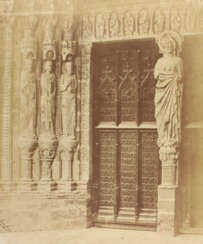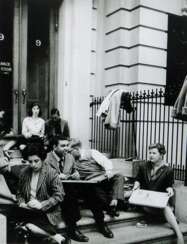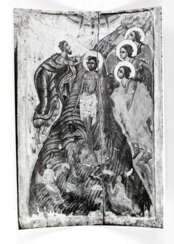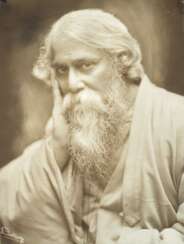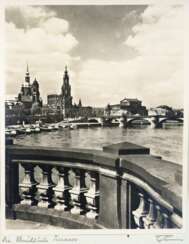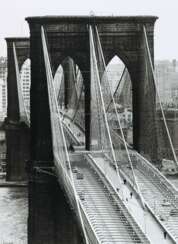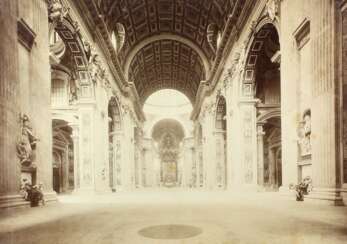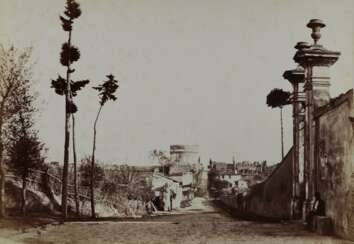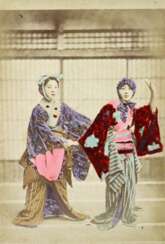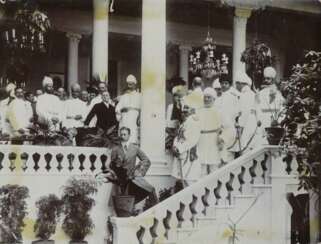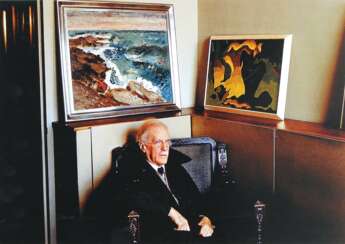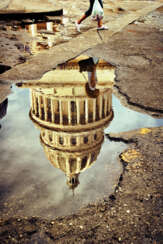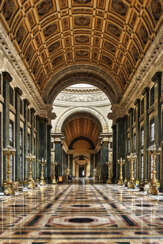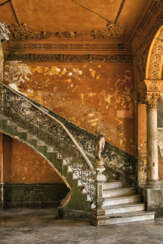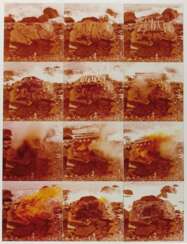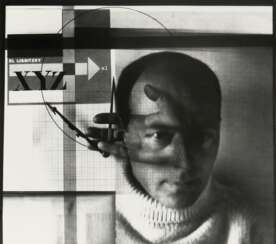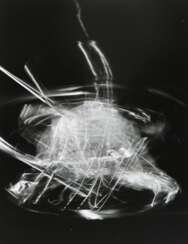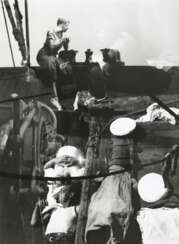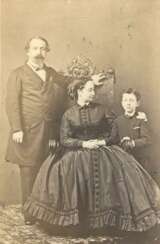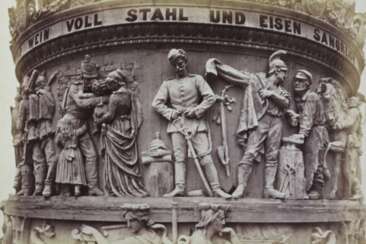
Photography — A127: Geographie, Antiquitäten, Schmuck, Graphik
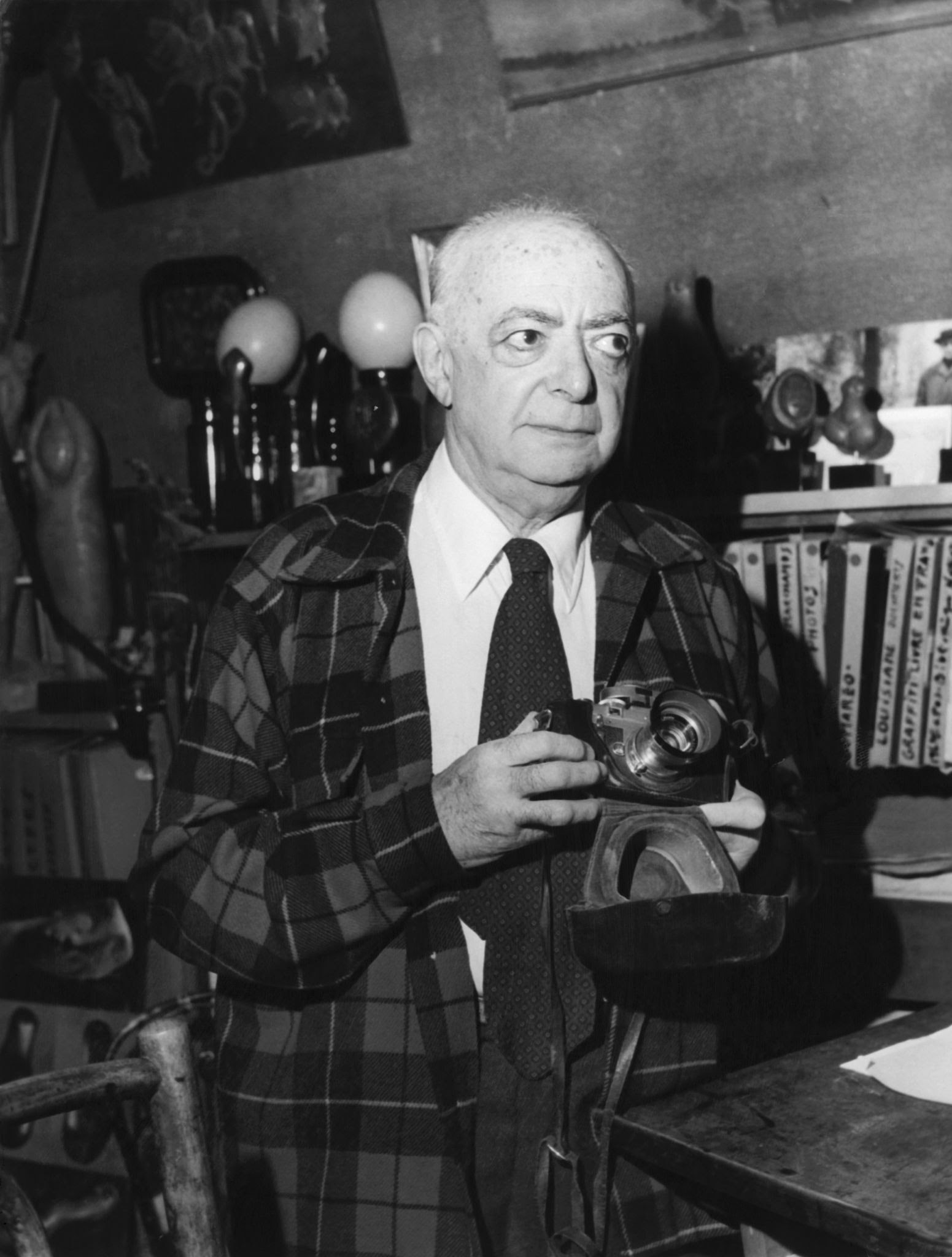
Brassaï, whose real name was Gyula Halász, was a Hungarian-French artist and photographer best known for his work documenting the streets of Paris during the 1920s and 1930s. He was one of the key figures of the Surrealist movement and his work continues to influence photographers and artists to this day.
Brassaï moved to Paris in the 1920s to pursue a career in art. He initially worked as a journalist and began taking photographs to accompany his articles. However, it was his nocturnal photographs of the city that would bring him international fame.
Brassaï's photographs of the streets of Paris at night captured the city's seedier side, including its prostitutes, bars, and cabarets. His work is known for its use of dramatic lighting and strong contrast, which helped to create a moody, evocative atmosphere.
In addition to his photography, Brassaï was also a talented painter and sculptor. He was a close friend of many of the leading artists and writers of the time, including Pablo Picasso, Salvador Dalí, and Henry Miller.
Brassaï's work has been exhibited in major museums and galleries around the world, and his photographs have been published in numerous books and magazines. He was one of the most influential photographers of the 20th century, and his legacy continues to inspire artists and photographers today.
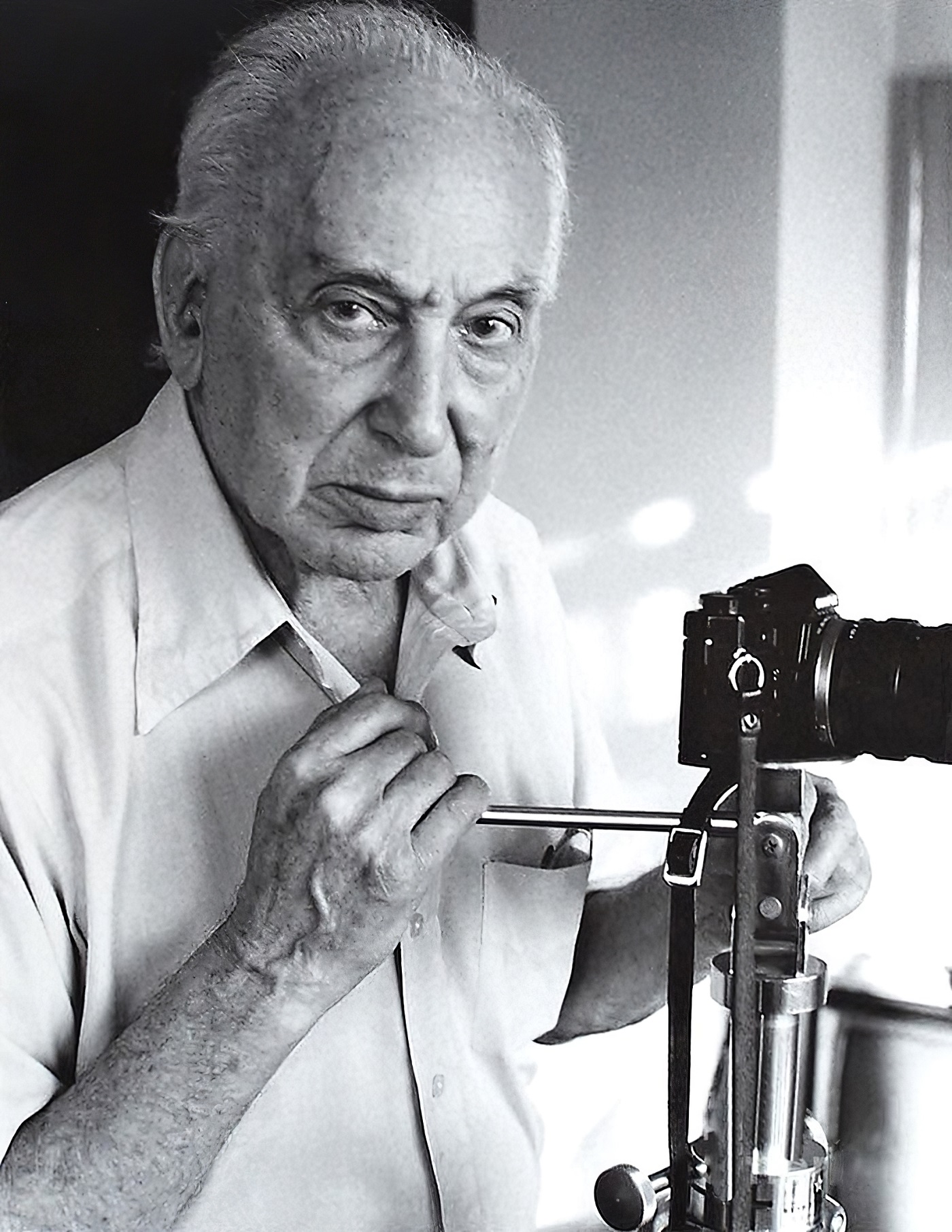
André Kertész, born Andor Kertész, was a Hungarian-born photographer known for his groundbreaking contributions to photographic composition and the photo essay. In the early years of his career, his then-unorthodox camera angles and style prevented his work from gaining wider recognition. Kertész never felt that he had gained the worldwide recognition he deserved. Today he is considered one of the seminal figures of photojournalism.
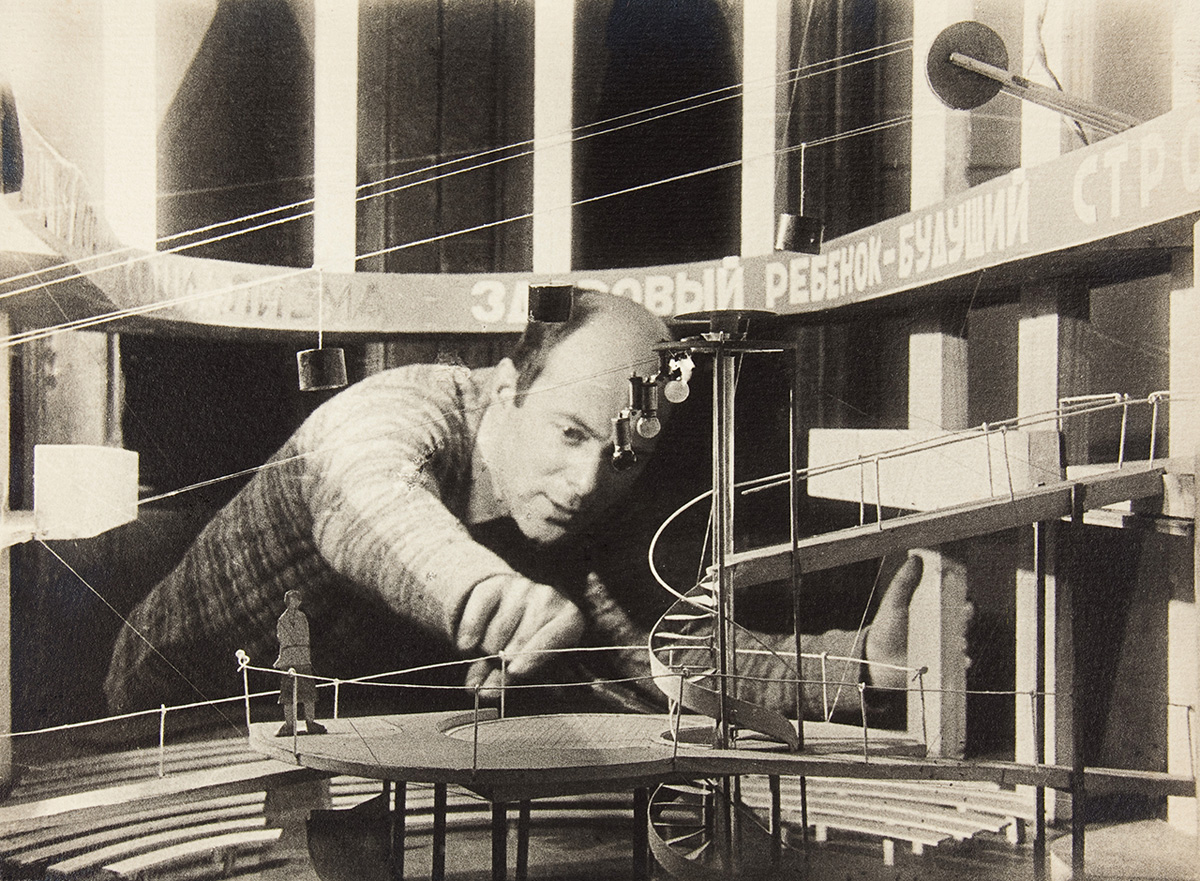
Lazar Markovich Lissitzky (Russian: Ла́зарь Ма́ркович Лиси́цкий) was a pivotal figure in the avant-garde art movement of the early 20th century, whose contributions spanned across multiple disciplines including painting, architecture, and graphic design. Born in Pochinok, Russian Empire (now in Smolensk Oblast, Russia), Lissitzky is renowned for his profound influence on the development of Constructivism, a movement characterized by the integration of technology and industry into the arts.
Lissitzky's work is distinguished by its innovative use of geometric forms, bold colors, and dynamic compositions, which sought not only to reflect the modern industrial world but also to actively participate in shaping it. His artworks and theories were instrumental in bridging the gap between the avant-garde movements in Russia and Western Europe, facilitating a cross-cultural exchange that enriched the development of modern art. Among his most notable contributions are his "Proun" series, an acronym for "Project for the Affirmation of the New" in Russian, which encapsulates his vision of art as a transformative social force.
His legacy is preserved in some of the world's most prestigious museums and galleries, including the Museum of Modern Art in New York and the Russian State Museum in Saint Petersburg. These institutions house key works that exemplify Lissitzky's groundbreaking approach to art and design, making them a focal point for collectors and experts in the field of art and antiques.
For those deeply invested in the evolution of modern art and its profound impact on culture and society, Lissitzky's work offers invaluable insights into the creative exploration of form and space. His contributions continue to inspire contemporary artists and designers, emphasizing the enduring relevance of his vision.
We invite collectors and art experts to sign up for updates on new product sales and auction events related to Lazar Markovich Lissitzky. This subscription is an opportunity to stay informed about the latest acquisitions and offerings that celebrate the legacy of a visionary artist whose work continues to resonate with audiences worldwide.
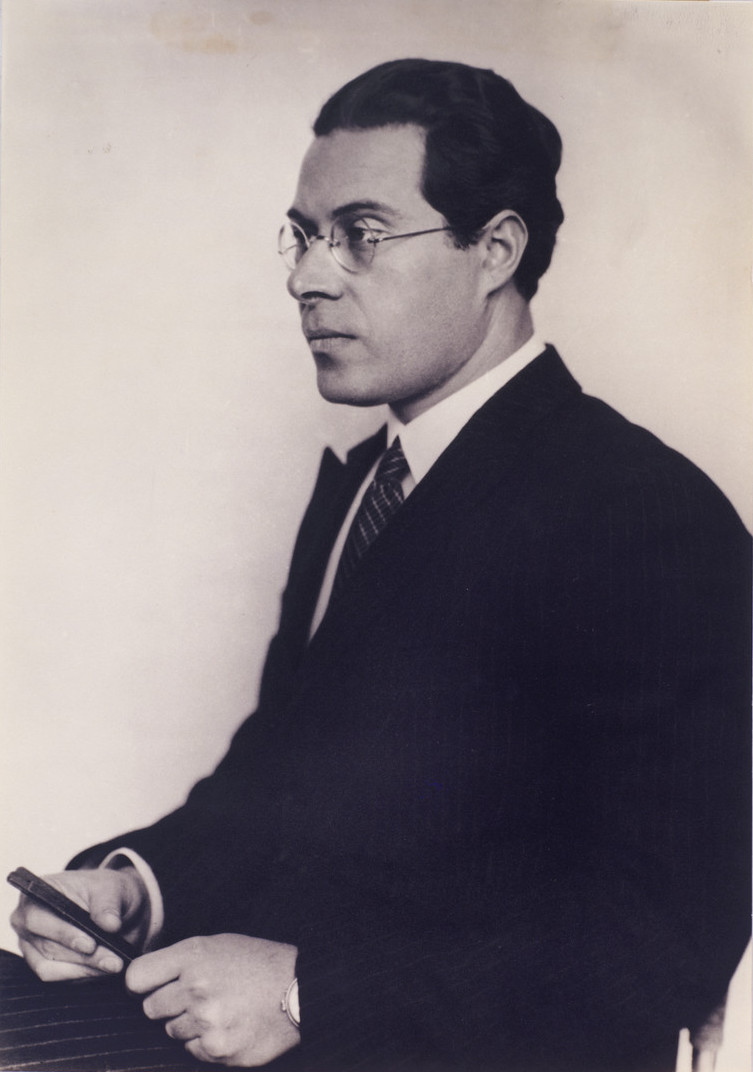
Laszlo Moholy-Nagy, a Hungarian-American artist, was a visionary in the integration of technology and art, profoundly influencing modern art education in the United States. His journey began in post-World War I Europe, where he immersed himself in the avant-garde art scene, eventually joining the Bauhaus school in Germany. There, Moholy-Nagy embraced various mediums, from photography and film to painting and sculpture, pioneering the movement known as the New Vision, which emphasized the unique perspectives that photography and film could offer compared to the human eye.
Laszlo Moholy-Nagy's innovative approach extended to photograms, a camera-less photographic technique that captures the shadows and silhouettes of objects placed on photosensitive paper. His exploration of light and shadow in this medium underscored his belief in the transformative power of art and technology. Beyond his technical achievements, Moholy-Nagy was a dedicated educator, shaping future generations of artists at the Bauhaus and later in Chicago, where he founded the New Bauhaus, which evolved into the Illinois Institute of Technology's Institute of Design.
His work is celebrated in various prestigious collections, including MoMA and the Smithsonian American Art Museum, where his contributions to modernism and design are acknowledged and revered. Moholy-Nagy's legacy is not only in his artistic output but also in his profound impact on art education and the philosophical discourse around art and technology.
For collectors and experts in art and antiques, Laszlo Moholy-Nagy's work offers a deep dive into the intersection of art, technology, and education. To stay informed about exhibitions and auctions related to Moholy-Nagy's works, consider subscribing to updates from art galleries and auction houses, ensuring you remain connected to the evolving appreciation and understanding of this pivotal figure's contributions.

Laszlo Moholy-Nagy, a Hungarian-American artist, was a visionary in the integration of technology and art, profoundly influencing modern art education in the United States. His journey began in post-World War I Europe, where he immersed himself in the avant-garde art scene, eventually joining the Bauhaus school in Germany. There, Moholy-Nagy embraced various mediums, from photography and film to painting and sculpture, pioneering the movement known as the New Vision, which emphasized the unique perspectives that photography and film could offer compared to the human eye.
Laszlo Moholy-Nagy's innovative approach extended to photograms, a camera-less photographic technique that captures the shadows and silhouettes of objects placed on photosensitive paper. His exploration of light and shadow in this medium underscored his belief in the transformative power of art and technology. Beyond his technical achievements, Moholy-Nagy was a dedicated educator, shaping future generations of artists at the Bauhaus and later in Chicago, where he founded the New Bauhaus, which evolved into the Illinois Institute of Technology's Institute of Design.
His work is celebrated in various prestigious collections, including MoMA and the Smithsonian American Art Museum, where his contributions to modernism and design are acknowledged and revered. Moholy-Nagy's legacy is not only in his artistic output but also in his profound impact on art education and the philosophical discourse around art and technology.
For collectors and experts in art and antiques, Laszlo Moholy-Nagy's work offers a deep dive into the intersection of art, technology, and education. To stay informed about exhibitions and auctions related to Moholy-Nagy's works, consider subscribing to updates from art galleries and auction houses, ensuring you remain connected to the evolving appreciation and understanding of this pivotal figure's contributions.
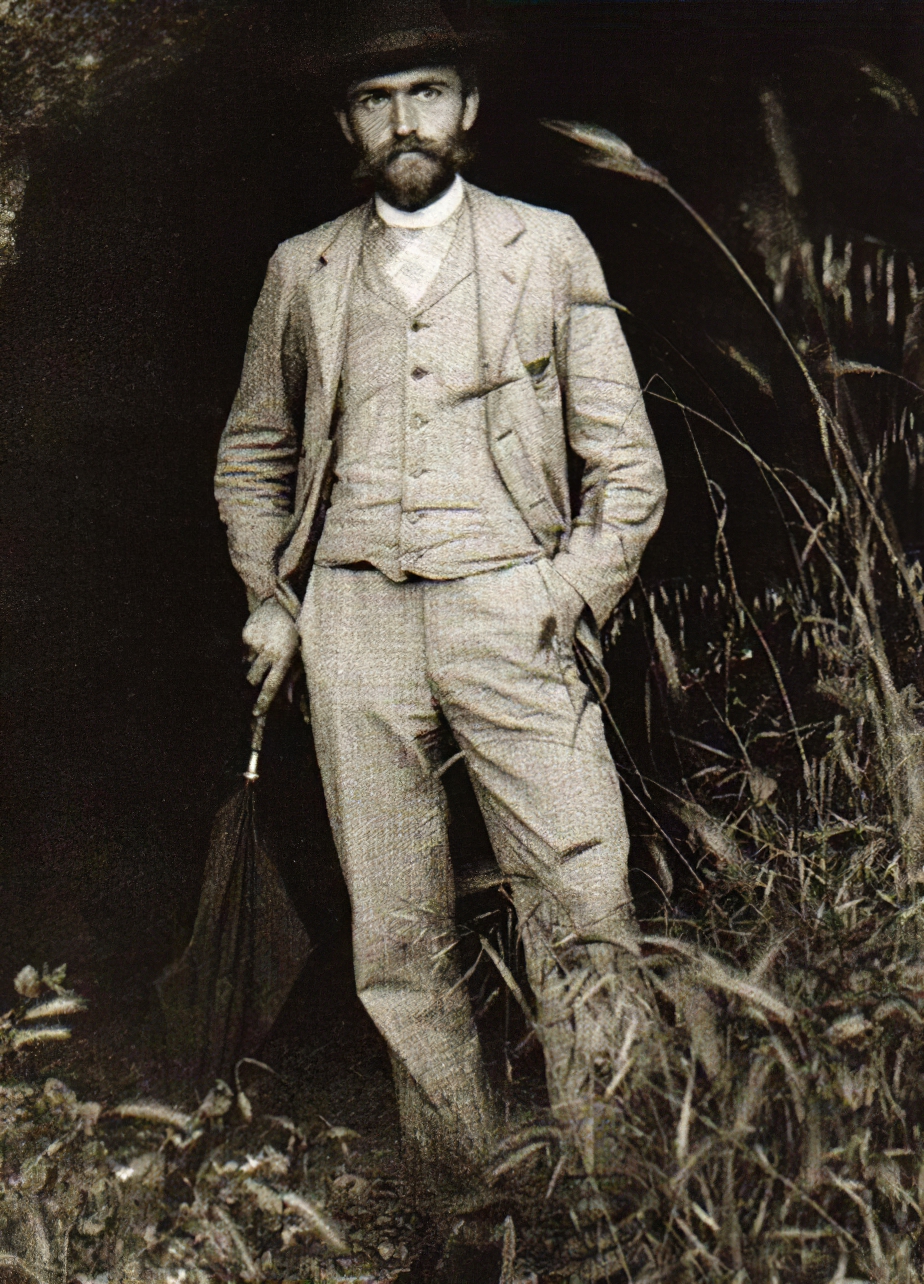
Karl Blossfeldt was a German photographer, sculptor and teacher who worked in Berlin. He was one of the representatives of the New Vision in photography. Blossfeldt worked with a camera of his own invention that allowed him to reach a 30x magnification.
He photographed mainly flowers, plants and plant fragments. Under this magnification plants resemble abstract shapes rather than the plant itself. Blossfeldt's photographs can be equally classified as scientific photography and as works of art.
